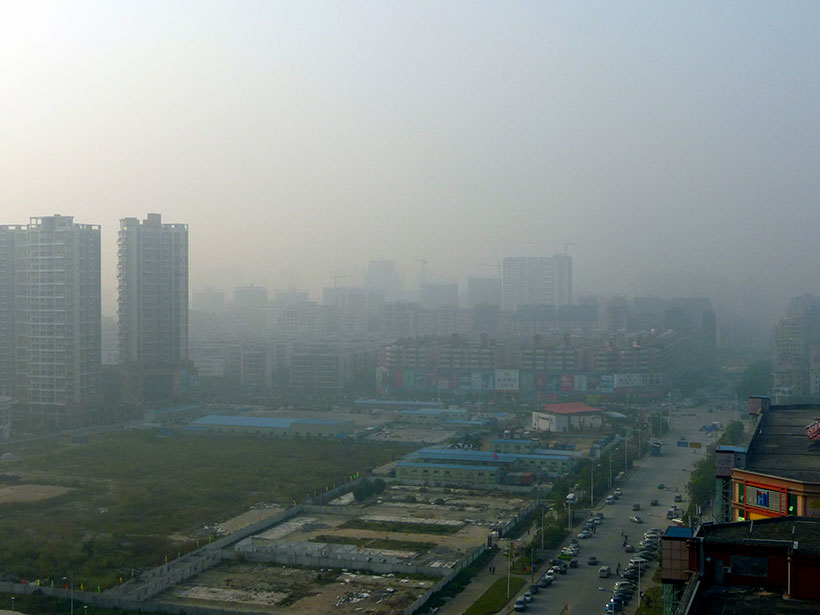Source: GeoHealth
A translation of this article was made possible by a partnership with Planeteando. Una traducción de este artículo fue posible gracias a una asociación con Planeteando.
A translation of this article was made by Wiley. 本文由Wiley提供翻译稿。
Air pollution is linked to more than 4 million deaths around the globe every year, according to the World Health Organization. Atmospheric pollutants like aerosols and ozone affect not only human health but also the global climate—though they stay in the atmosphere for significantly shorter time periods than carbon dioxide. Their short atmospheric life span makes aerosols, ozone, and methane—so-called short-lived climate forcers (SLCFs)—prime targets for rapid mitigation. But until now, there was little consensus on what impact SLCF mitigation might have on either the environment or human health.
In a new study, Zheng and Unger used a global Earth system model to simulate the impact of a 50% reduction in SLCFs on premature deaths linked to PM2.5 (particulate matter smaller than 2.5 micrometers, which includes sulfate, nitrate, black carbon, organic carbon, clay, and other particles) pollution and global mean surface air temperatures. The authors couple the NASA ModelE2 global chemistry-climate model with the Yale Interactive Terrestrial Biosphere model, and they break down the atmospheric effects of reducing SLCF by sector, including agriculture, agricultural waste burning, domestic, energy, industry, transportation, waste management, and shipping.
The study shows that the benefits of SLCF mitigation vary by sector: for example, a 50% emission reduction in the energy sector had the largest impact on human health, avoiding some 4 million premature deaths over 20 years. Meanwhile, from a climate perspective, reductions in the domestic, agriculture, and waste management sectors had the largest impact, though the temperature reductions were modest (−0.085, −0.034, and −0.033 K, respectively). For the first time, the study shows that weather-driven variability in air pollution levels plays an important role in human health risk assessment.
Although the study has uncertainties in the climate impacts of aerosol pollutants and the sensitivity of health conditions to air pollution exposure, it provides insights that could help policymakers prioritize SLFC mitigation efforts. Reducing emissions in the agriculture and domestic sectors, for example, may have the most benefits for both climate and human health. (GeoHealth, https://doi.org/10.1029/2021GH000422, 2021)
—Kate Wheeling, Science Writer
Citation:
Wheeling, K. (2021), The health and climate benefits of reducing air pollution, Eos, 102, https://doi.org/10.1029/2021EO162492. Published on 24 August 2021.
Text © 2021. AGU. CC BY-NC-ND 3.0
Except where otherwise noted, images are subject to copyright. Any reuse without express permission from the copyright owner is prohibited.

